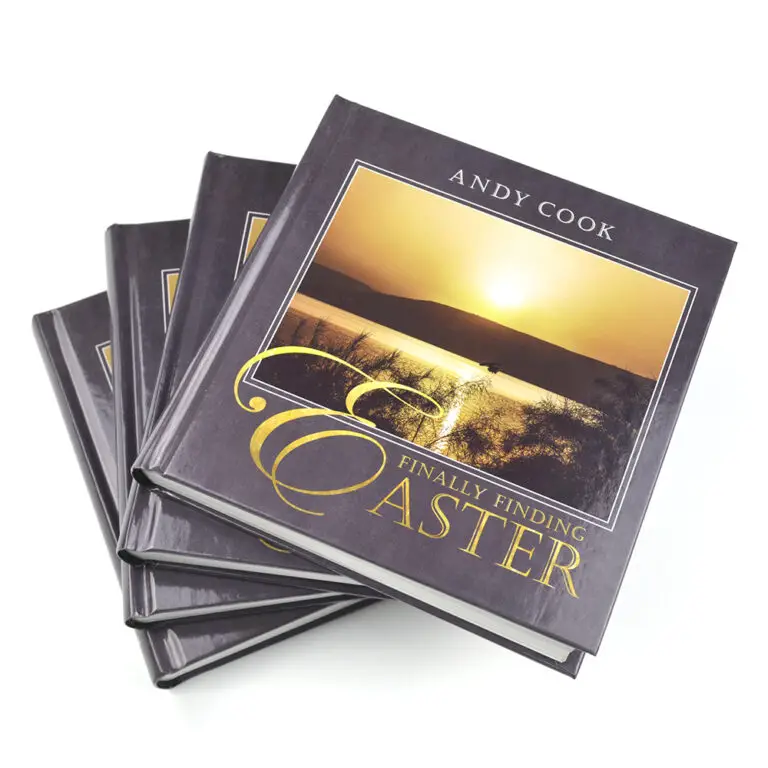
1. The hard back is neat and sturdy, and can be stored on the bookshelf for a long time, but it is not easy to be completely flattened when reading;
2. The back of the cavity is flat, and the appearance of the finished book is relatively flat and beautiful, but it seems to have a soft feeling after being placed on the bookshelf for a long time;
3. The soft back can be flat and firm, but the appearance is weaker than the above two.
However, China printing company mostly use cavity backs. The binding process of hardcover book printing mainly includes three processes: Making Book Centers, Making Book Covers, and Binding Book Covers. The book cover is divided into two types according to the fabric: the whole book cover and the splicing cover.
Whole book cover: It is made of a complete cover material, that is, the spine and the front cover and back cover are made of the same material.
splicing cover: The cover material is not a single piece, usually the front cover and the back cover are made of one material, and the waist of the book is made of one material. That is, the spine and the cover are made of different materials, usually fabrics are used as the spine, and paper is pasted on the cardboard for the cover. This form is generally rounded without a cover. In the production of hardcover book covers, in addition to the plastic-pressed looper cover, the common hardcover book covers are made of hard cardboard, soft cover, medium diameter paper and so on.
The covering material of the surface layer is usually made of various soft materials, such as fabric, leather, lacquer coating, lacquer paper, PVC coated paper, laminated paper, special paper, etc. in various coating materials. When making, the whole batter can be made into a book cover, and the two materials can be spliced into a book cover.
Hardcover book printing requires special processing of hardcover book blocks, which is the same as paperback book blocks in terms of folding, collocation and binding. In addition, hardcover book blocks must undergo special treatment.
Do you need to custom hardcover book printing? Giving us a trust, we promise will provide you with the best China printing service.
0






